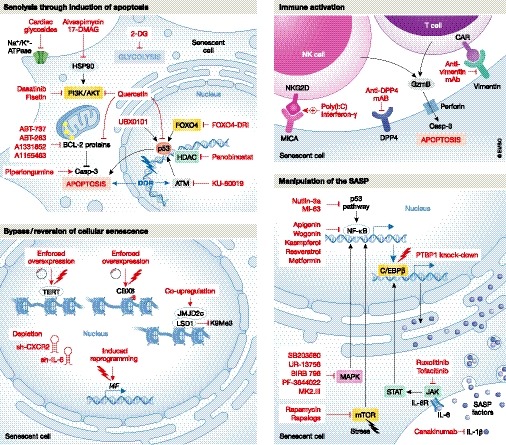Figure 3. Therapeutic approaches targeting cellular senescence.

To prevent the deleterious effects of cellular senescence, four different strategies can be potentially implemented. The inhibition of pro‐survival pathways by the use of apoptosis‐inducing drugs is a leading approach. First and second generation of inhibitors of the BCL‐2 cell death regulator family of proteins can induce selective apoptosis of senescent cells. Targeting senescence metabolism through glycolysis blockade and attenuation of ATM, HDAC, FOXO4 activities as well as the PI3K cascade have also been reported as effective approaches. A second strategy is the activation of the immune system against senescent cells to stimulate their clearance. Enhancing the cytotoxic activity of NK against senescent cells, and manipulating the humoral innate immunity with the use of antibodies against receptors, such as DPP4 and vimentin, are proposed attractive strategies. Thirdly, manipulation of the SASP without compromising the cell cycle arrest of senescent cells has also proven beneficial in particular settings. A large number of molecules can interfere with NF‐κB and C/EBPβ transcriptional activities or their upstream regulators, dampening the expression of SASP factors, such as IL‐1, IL‐6 and IL‐8, and thus reducing the senescence‐derived inflammatory milieu. Lastly, genetic and epigenetic manipulation of cells, including the induction of reprogramming, have been proposed as a means of bypassing or reverting the state of cellular senescence, although these approaches should be taken with caution given the potential risk of cancer initiation. BCL‐2, B‐cell lymphoma 2; CAR, chimeric antigen receptor; GzmB, granzyme B; HDAC, histone deacetylase; HSP90, heat shock protein 90; i4F, inducible four Yamanaka factors; LSD1, lysine‐specific histone demethylase 1A; MICA, MHC class I polypeptide‐related sequence A; NK, natural killer; TERT, telomerase reverse transcriptase.
